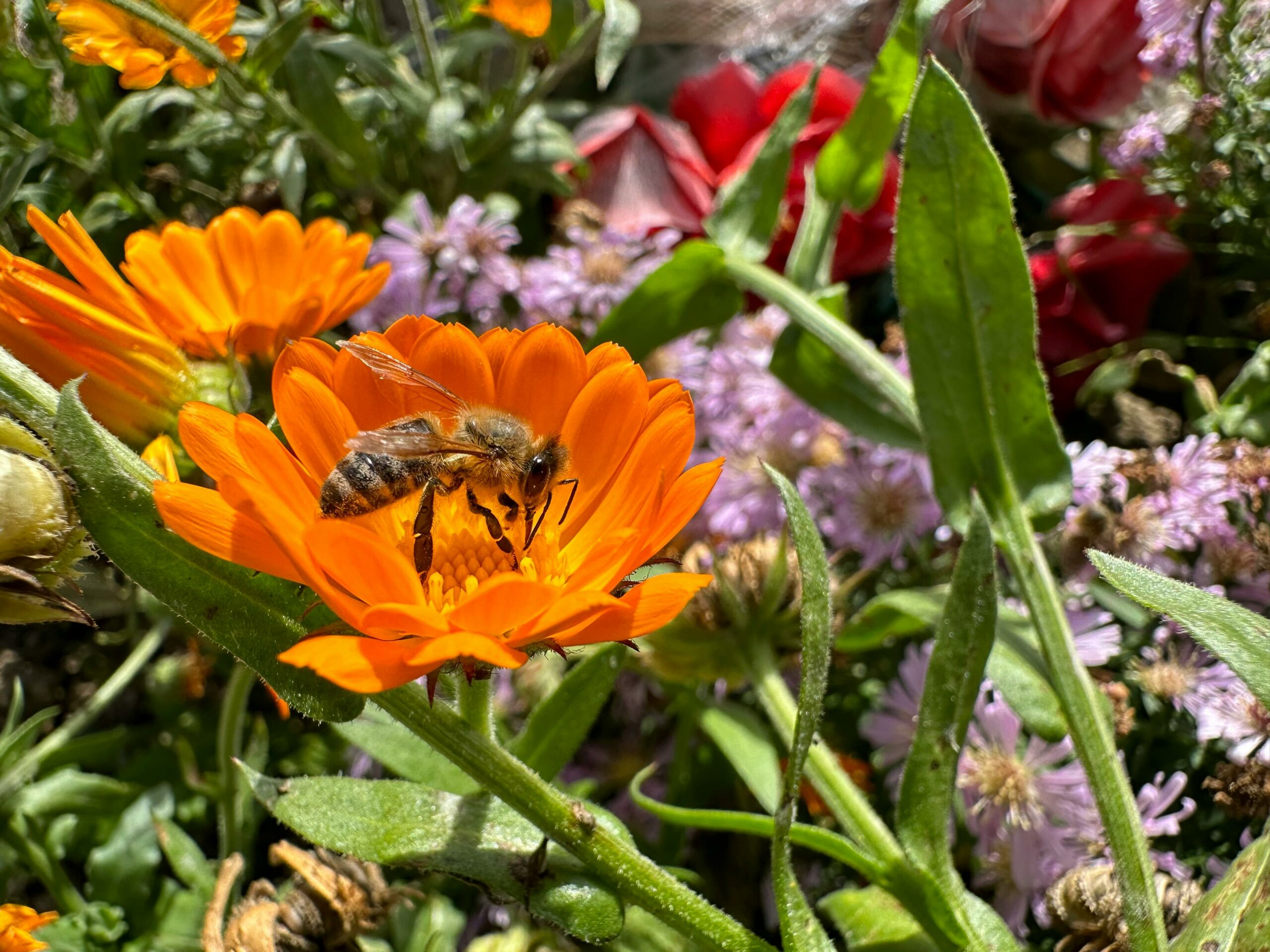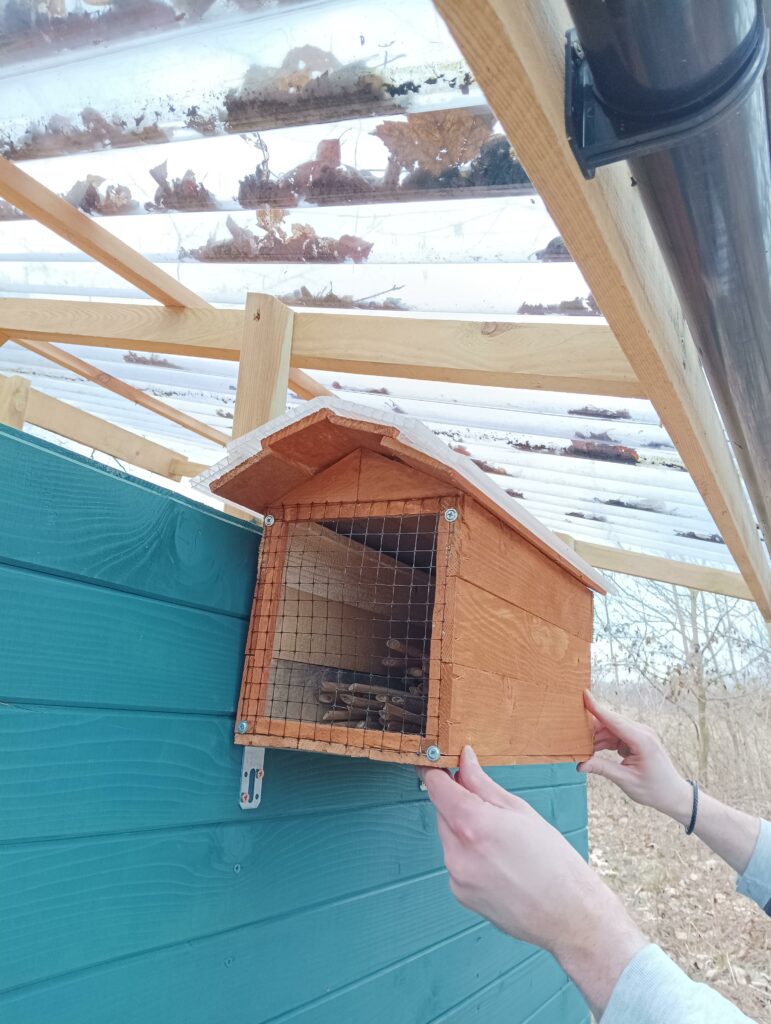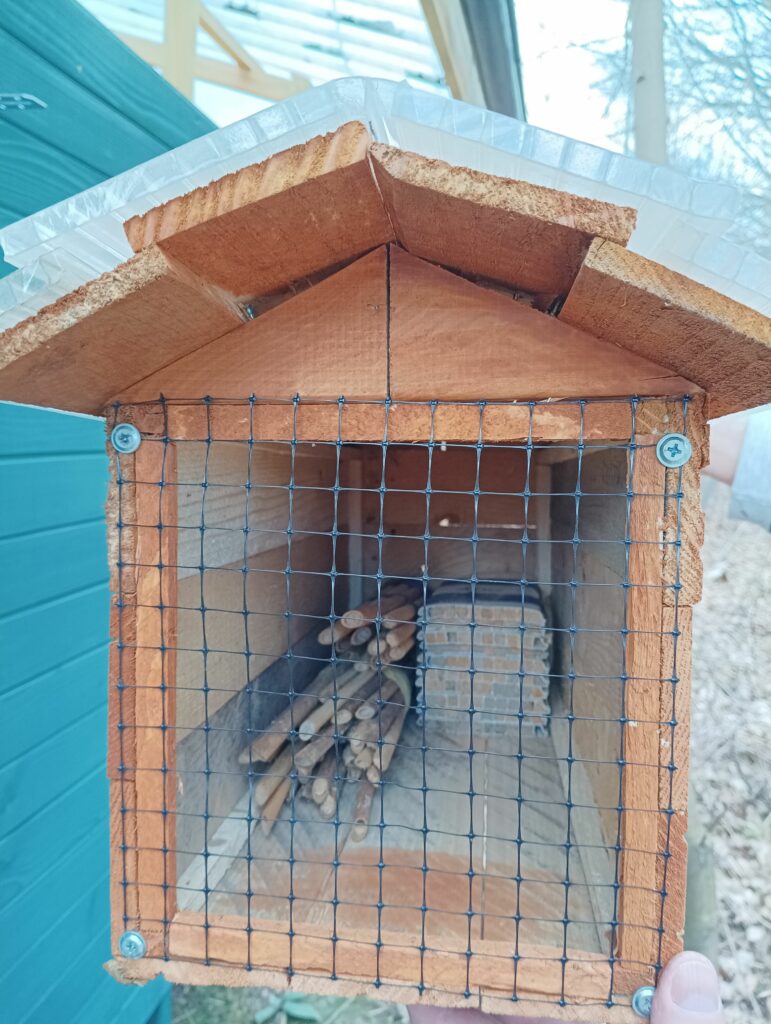Why we want bees to move into our plot of land
Ever since my family and I decided to live closer to nature, we have dreamed of making our plot teeming with life. Mason bees are not only fascinating creatures, but also key pollinators. Having them around will increase biodiversity and contribute to the health of our local ecosystem.
Why mason bees are needed
Mason bees act as ecological gardeners. Their work is invaluable in the pollination process, which translates into better yields in orchards and gardens. They are extremely efficient and, unlike honey bees, are not aggressive, making them ideal neighbors for our family oasis.
Mason bees
Mason bees are a group of solitary bees that can often be recognized by their distinctive metallic colors. The species vary in size and color – from black to green and blue hues. They are found all over the country, often near buildings, where they can find suitable places to build nests.
Raising murrelet bees and how to get started
Starting to breed murrelet bees is simpler than it seems. All you need to do is create the right conditions for them – that is, a house with nests, which can be made of wooden blocks with holes or bamboo tubes. It is important to place the house in a sunny place and ensure proximity to flowers.
How they reproduce and what kind of nests they have
Mason bees breed in the spring, when the female searches for places to make a nest. Most often these are hollow spaces in wood, which the female pads with moss, plant fibers or mud – hence their name. Each nest cell is provided with a ball of pollen and nectar, on which the female lays an egg, and then closes the cell entrance with clay or pieces of leaves. It is fascinating to watch this instinctive process and know that we are supporting the local population of these beneficial insects.
A neighbor gave us a house with bee nests
Our neighbor, a nature enthusiast and long-time friend of murrelet bees, recently donated us a wooden house – a small hotel for these beneficial insects. This house has a number of openings that are ideal for queen bees looking for a place to nest. Placing it on our plot is a step towards creating a friendly environment for local pollinators, and we are looking forward to seeing the first ‘tenants’.
What plants are worth growing in the garden for murrelet bees
Choosing the right plants is key to making our garden attractive to murrelet bees. It is worth betting on honey plants that bloom for as long as possible, such as lavender, rosemary, or heather. These plants not only attract pollinators, but also look great, giving our plot charm and character. Besides, by growing such plants, we support biodiversity and help maintain a healthy ecosystem.




